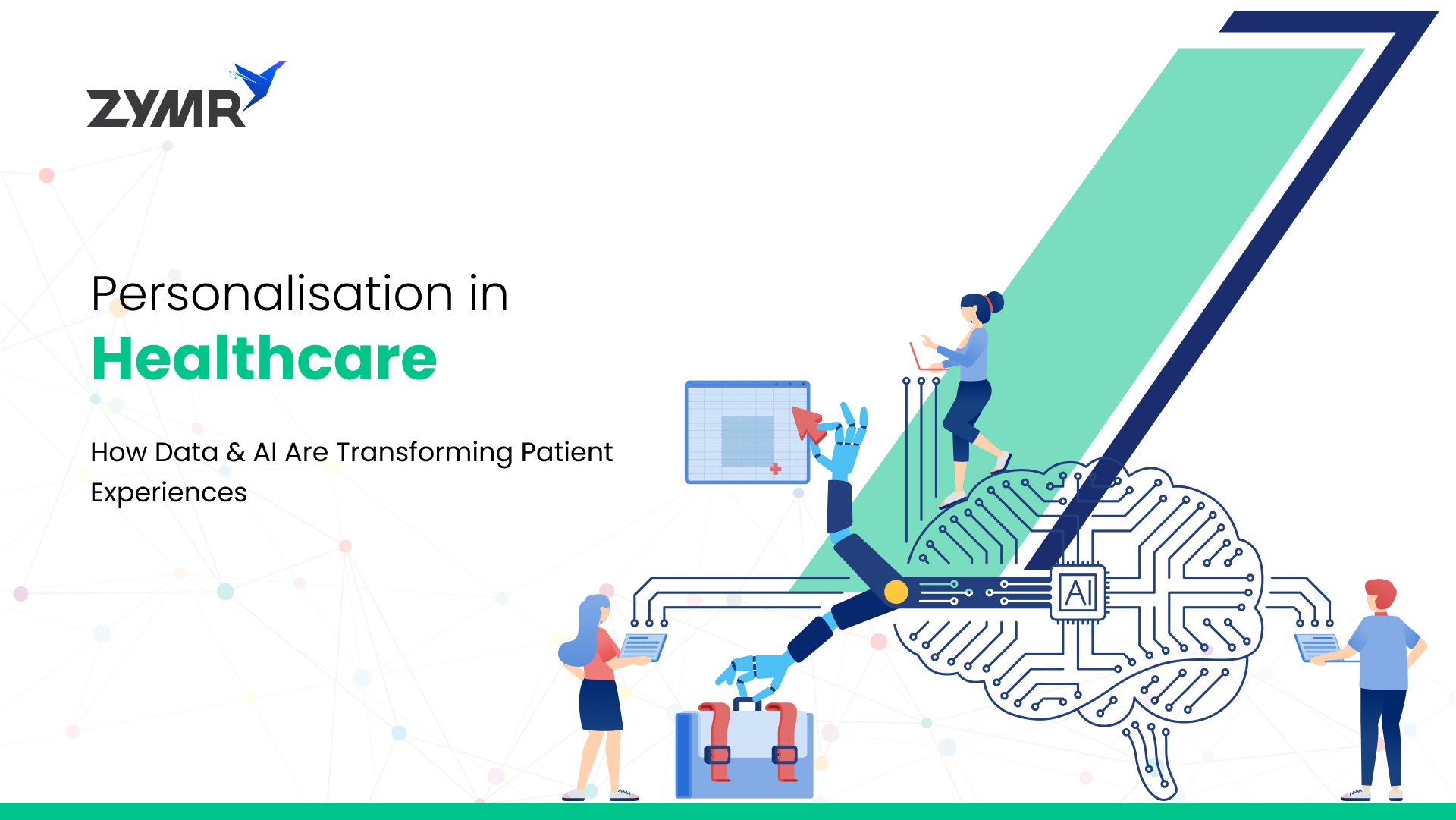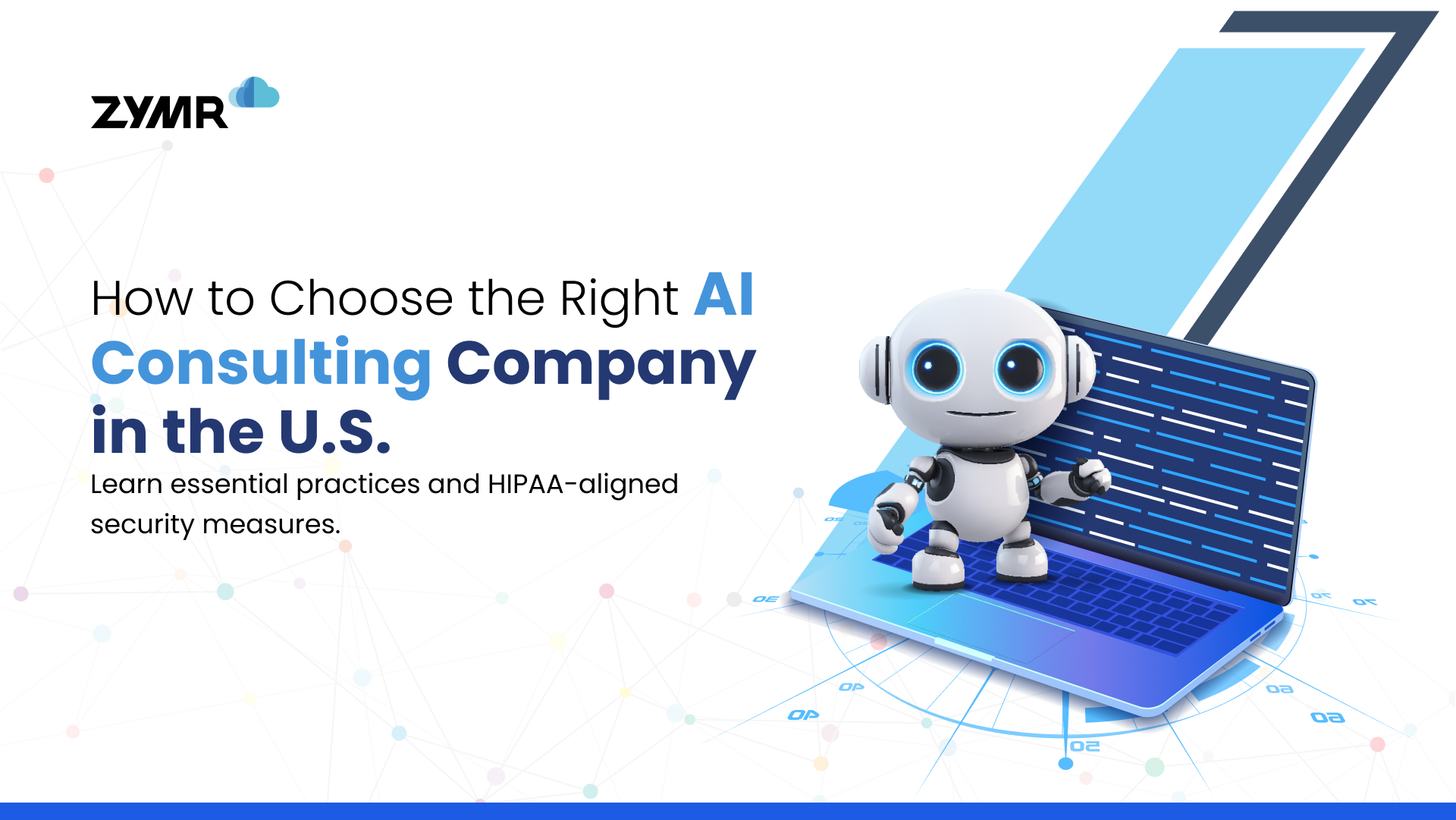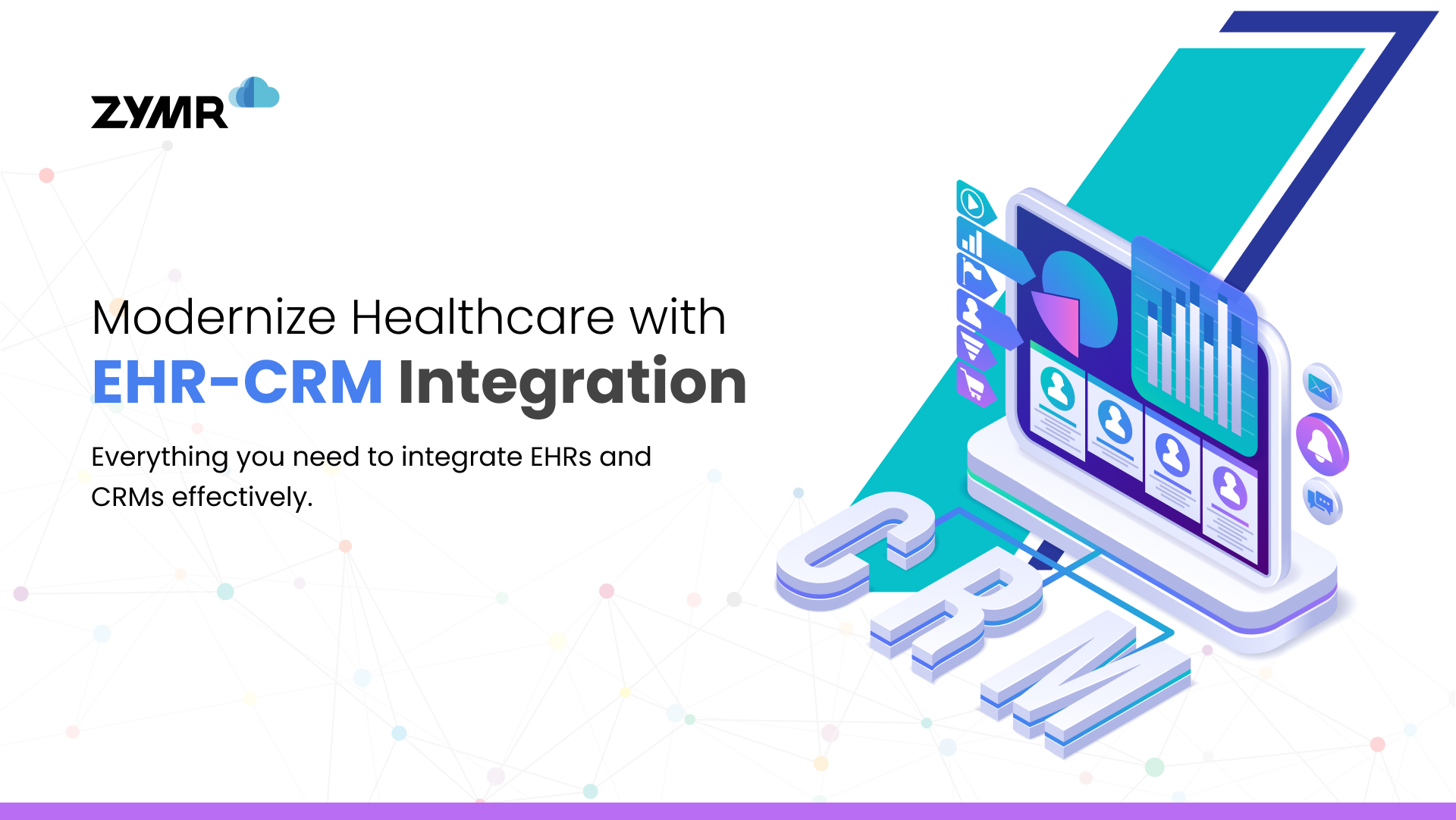With the advent of automation, enterprises and ISVs are more empowered for streamlined and scalable Cloud Operations. However, recent research by NetApp raises flags about security compliance and cost management challenges that are discouraging companies from to truly unlocking the full potential of CloudOps Services. Therefore, it is essential that CloudOps embrace the principles of Site Reliability Engineering (SRE) and combine them with the power of automation.
In this blog, we will explore how implementing SRE can help companies reimagine the efficiency, reliability, and scalability of cloud operations. We will also see how an automation-friendly infrastructure solution like Infrastructure as Code (IaC) can amplify these benefits even further for CloudOps services.
CloudOps services empower organizations to define, manage, and provision infrastructure in ways agnostic to manual intervention. What adds more to this automation enablement, is the power of CloudOps to seamlessly execute data-driven operations. By leveraging analytics and monitoring tools, CloudOps teams can analyze patterns, identify anomalies, and make data-driven decisions to optimize costs, prevent failures, and troubleshoot issues effectively.
In short, CloudOps offers itself as an irrepleacable catalyst for 360-degree automation capabilities
Therefore, to effectively measure success in cloud operations, and therefore, automation efforts, traditional Key Performance Indicators (KPIs) need to be revised. Factors like security management, release velocity, compliance adherence, and resource efficiency become crucial metrics for this purpose. Let us see how SRE does this job.
Site Reliability Engineering (SRE) encompasses various principles and practices that help manage security, observability, performance, scalability, and cost optimization for Cloud Operations. Let's explore how SRE addresses each of these areas:
- Security: SRE promotes a proactive approach to security by implementing secure coding practices, conducting regular security audits and assessments, and staying up to date with industry best practices. SRE teams work closely with security teams to establish access controls, monitor for vulnerabilities, and respond swiftly to security incidents.
- Observability: Observability is a core principle of SRE, enabling efficient monitoring, troubleshooting, and incident response. SRE teams leverage various monitoring tools, log analysis, and distributed tracing to gain visibility into the behavior of applications and infrastructure. By setting up meaningful metrics, alerts, and dashboards, SREs can quickly detect anomalies, identify performance bottlenecks, and proactively address issues, ensuring high availability and reliability of cloud platform operations.
- Performance: SRE teams conduct capacity planning exercises to ensure that the cloud infrastructure can handle anticipated workloads and scale as needed. They identify performance bottlenecks and work towards optimizing resource utilization, reducing latency, and enhancing overall system responsiveness. Continuous performance monitoring and analysis help SREs identify and address any degradation in performance, ensuring optimal user experiences.
- Scalability: SRE experts establish capacity management processes and monitor resource utilization to ensure that the cloud environment can handle increasing workloads without compromising performance. By continuously monitoring metrics and conducting load testing, SREs identify scaling thresholds and implement proactive scaling strategies to maintain optimal performance and availability.
The Synergy of IaC and SRE
CloudOps services leveraging Infrastructure as Code (IaC) to enable automation friendly infrastructure. With IaC, infrastructure becomes version-controlled, repeatable, and easily reproducible, enabling efficient and scalable cloud operations. Therefore, the combination of Infrastructure as Code (IaC) and Site Reliability Engineering (SRE) holds tremendous potential for further optimizing cloud operations.
- Automation and Infrastructure Management: IaC enables the automation of infrastructure provisioning, configuration, and management using code. This level of automation aligns perfectly with SRE principles of minimizing human intervention, reducing errors, and improving reliability. Therefore, together the two provide a solid foundation for consistent and predictable infrastructure management, allowing organizations to focus on strategic initiatives rather than manual tasks.
- Infrastructure Testing and Deployment: IaC complements SRE by providing mechanisms for test automation services and deployment of infrastructure changes. With IaC, organizations can create infrastructure pipelines that enable continuous integration, continuous deployment (CI/CD), and automated testing, ensuring that infrastructure changes are thoroughly validated before being deployed.
- Integration with Agile and DevOps: SRE and IaC aligns well with DevOps practices, enabling organizations to implement infrastructure-as-code pipelines that seamlessly integrate with their software delivery pipelines. This integration fosters collaboration and accelerates the feedback loop between development and CloudOps teams, enabling faster iterations and improved overall application quality.
Conclusion
Embracing Site Reliability Engineering (SRE) principles in CloudOps can revolutionize the efficiency, reliability, and scalability of cloud operations. When combined with IaC the automation-friendly infrastructure offered by CloudOps can harness SRE with amplified benefits. CloudOps service experts need to combine SRE principles with the power of IaC to deliver a modernized cloud infrastructure.
Contact Zymr today to revolutionize your cloud operations with our CloudOps services!
FAQs
>
>
>
>
>
Have a specific concern bothering you?
Try our complimentary 2-week POV engagement
Our Latest Blogs

January 4, 2026
Personalisation in Healthcare: How Data & AI Are Transforming Patient Experiences


December 30, 2025






.svg)
.svg)
.svg)
.svg)
.svg)
.svg)
